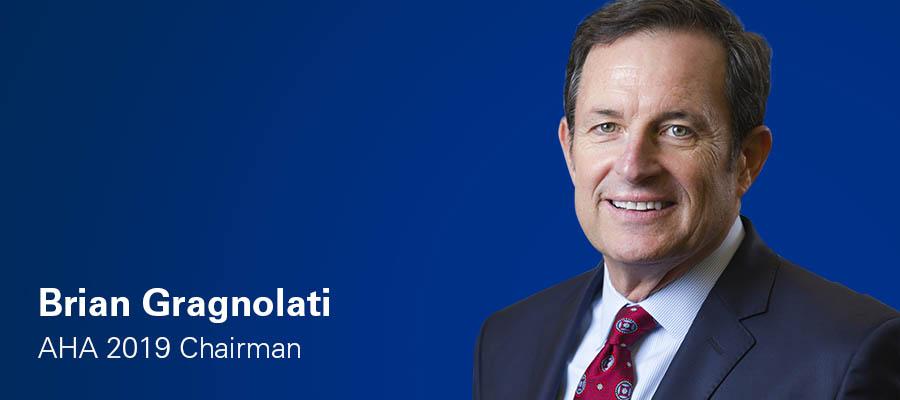Chairman’s File: Expanding access to behavioral health care

‘Without mental health, there can be no physical health.’ Brock Chisholm, the World Health Organization’s first Director-General, said those words nearly half a century ago. And they ring true today.
Nearly one in five Americans is affected by a behavioral health disorder, which includes both substance use disorders and mental illness. Sadly, less than half of adults facing these issues receive treatment.
This an essential issue for our field. And hospitals and health systems are deploying a broad range of initiatives to increase access to behavioral health services in the communities they serve. Many of these promising strategies focus on identification, prevention and screening; coordination and integration of behavioral and physical health care; community partnerships; and destigmatizing behavioral health concerns.
This is also a top priority for the AHA. And we are developing new resources to help hospitals and health systems expand access to a continuum of care, while advocating for public policy changes to improve behavioral health care across the nation.
For example, we:
- Unveiled a new TrendWatch report outlining opportunities, barriers and solutions at last week’s Capitol Hill briefing. We continue to advocate for policy changes that increase funding for training and development of behavioral health professionals and protect reimbursement and insurance coverage for these vital services.
- Collaborated with the National Quality Forum on a guide to help members deliver high-quality telebehavioral health services.
- Hosted podcasts and webinars highlighting successful best practices.
Next month, our Center for Health Innovation will release a new suite of resources with behavioral health strategies and tactics. We also are working to convene members to develop innovative new models for behavioral health services.
During Mental Health Month, let’s all remember that caring for the whole person improves health and saves lives. Thank you for everything you do to heal and instill hope in our communities.

